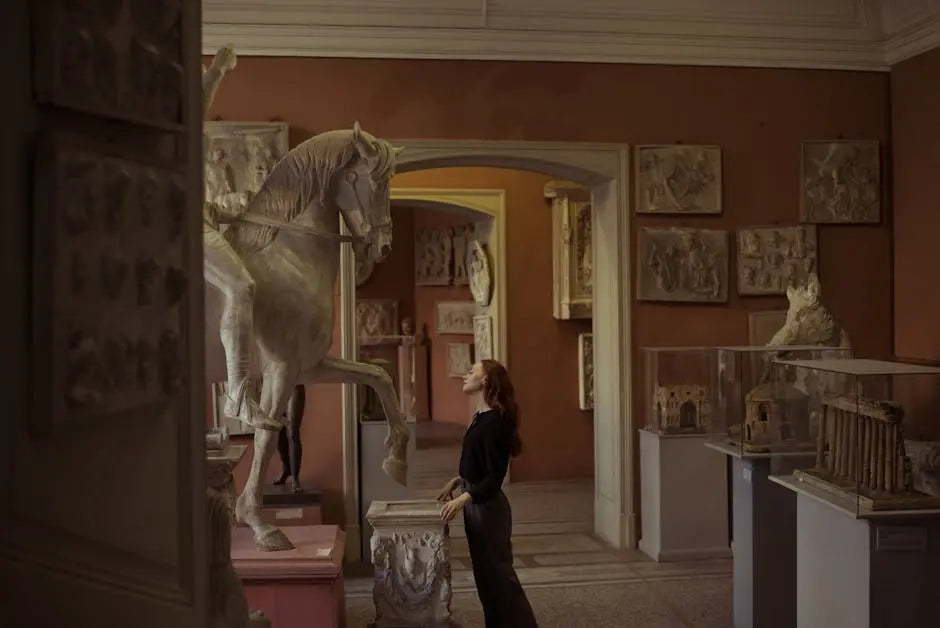My Cart
Your Cart is Currently Empty
FREE SHIPPING ON ALL ORDERS ABOVE $500


Choosing the right stone for a figure sculpture is both an art and a science. It requires a deep understanding of the material and how it will interact with the artist’s vision. In this blog, we will explore the key factors artists consider when selecting stone for their creations.
Artists have favored stones like marble, limestone, and alabaster for centuries due to their distinct properties. For instance, marble is revered for its smooth texture and ability to hold fine details, making it an ideal choice for lifelike sculptures. Alabaster, known for its translucency, can give sculptures a unique glow.Marble is not only beautiful but durable, which is why many historic sculptures have stood the test of time.
Limestone, on the other hand, offers different qualities. It’s somewhat easier to work with due to its softer texture compared to marble. This stone allows artists to explore more fluid and intricate shapes without as much resistance. However, limestone often requires extra care regarding preservation due to its susceptibility to weathering.
The natural color palette of a stone can dramatically influence the emotion and tone of a sculpture. A deep green or a muted gray stone can evoke different emotional responses than pure white marble. Artists often choose based on how a stone’s hue complements the intended narrative of the sculpture.
Texture is equally critical. A smooth, polished finish may be desired for modern sculptures, while a rough, unrefined texture could be chosen for a more rustic or organic feel. Each stone’s surface, from polished marble to grainy limestone, offers unique artistic possibilities.
Choosing a stone’s texture and color can be akin to selecting a palette for a painting, with each choice contributing to the overall storytelling and aesthetic of the piece.
The stone’s size directly impacts the scope of a project. Larger stones can allow for grand, impressive works but also require more space and resources to handle. Conversely, smaller sculptural pieces might benefit from more intricate detail work.
Availability of stone varies geographically, and this can influence the artist’s choice as much as all other factors. Artists frequently need to weigh the ease of acquiring a specific type of stone against its qualities so they can stay within budget constraints and logistic considerations.
While artists prefer materials that best express their vision, budget often plays a pivotal role. Premium stones like certain marbles may be beautiful but can be prohibitively expensive for some projects. It’s a common challenge to strike a balance between acquiring the right material and maintaining financial viability.
For those interested in exploring unique avenues without compromising quality, consider visiting a local art supply store or quarry. These places often offer affordable and diverse options, allowing artists to experiment with unfamiliar materials affordably.
Selecting the perfect stone for figure sculpture is a crucial step in the creative process. By considering factors such as stone type, color, texture, and size, artists can ensure their visions come to life with the utmost precision and beauty.